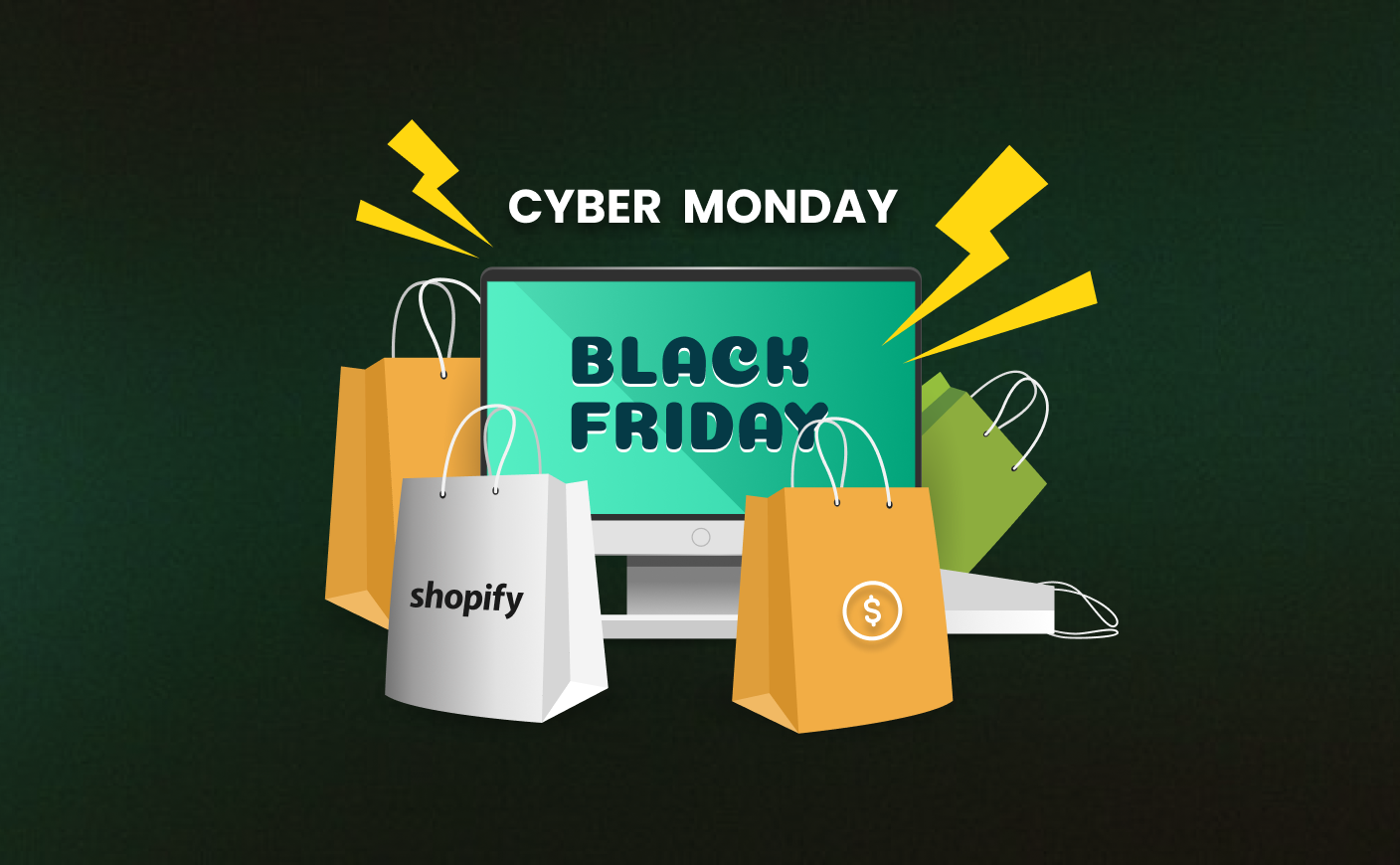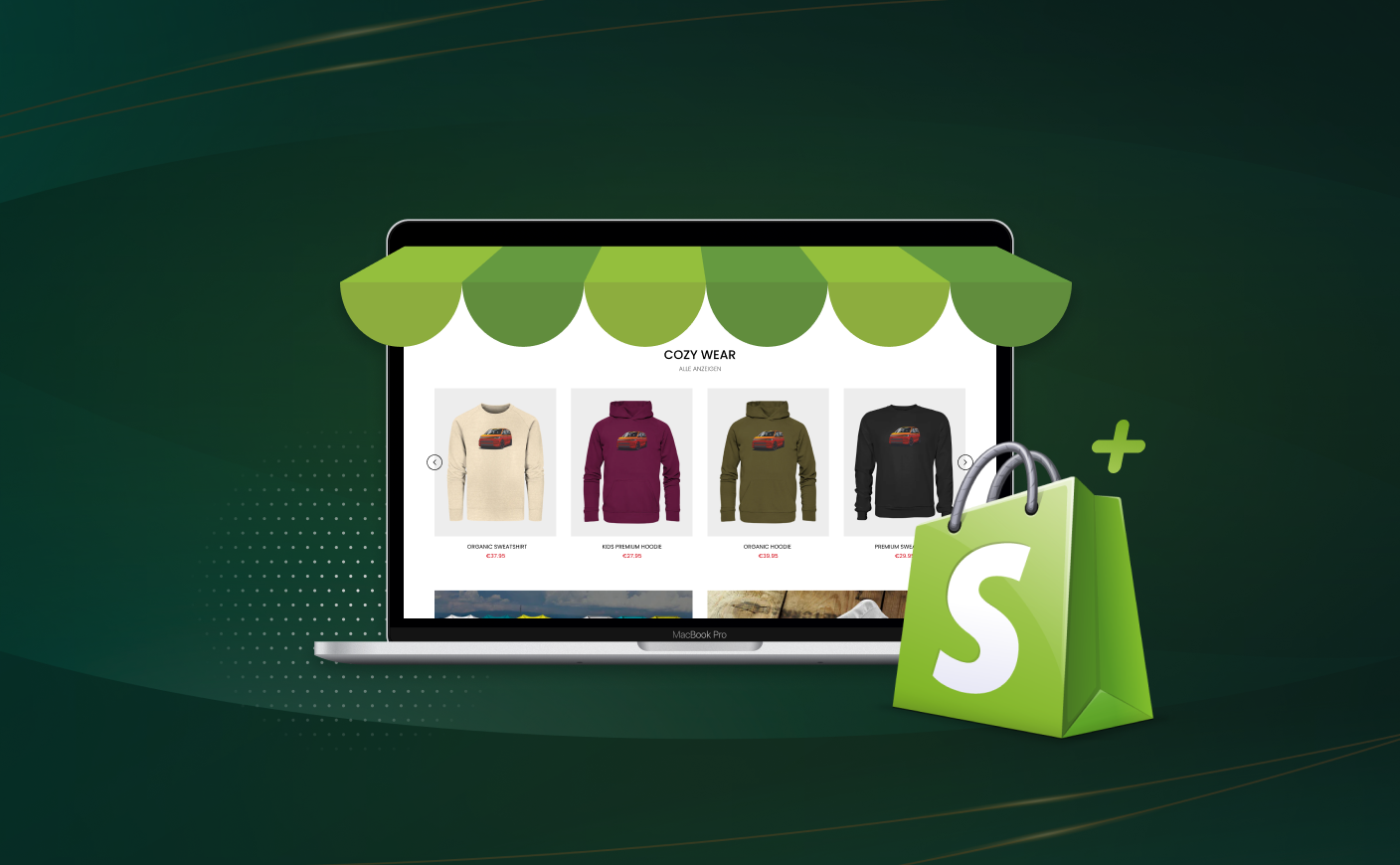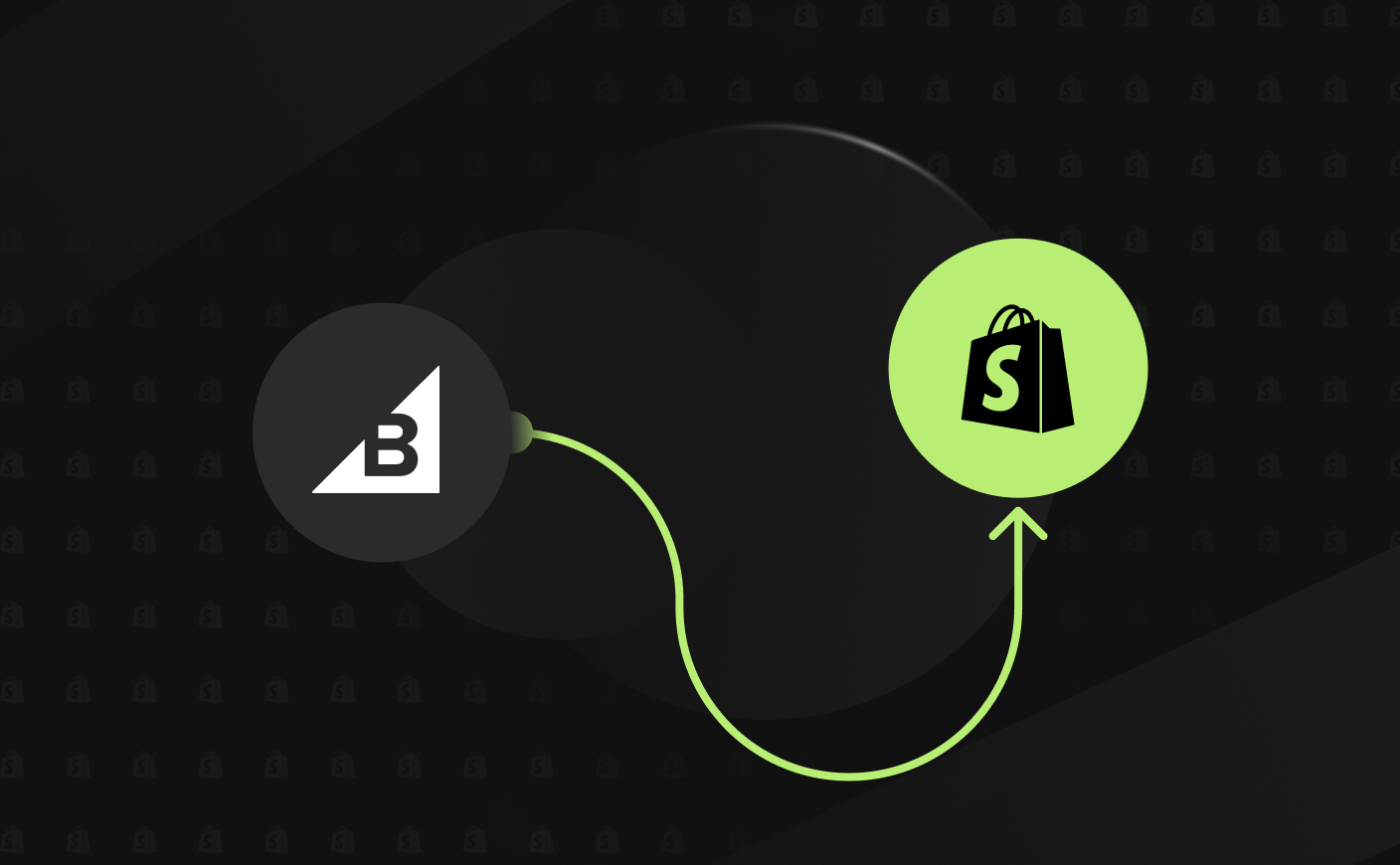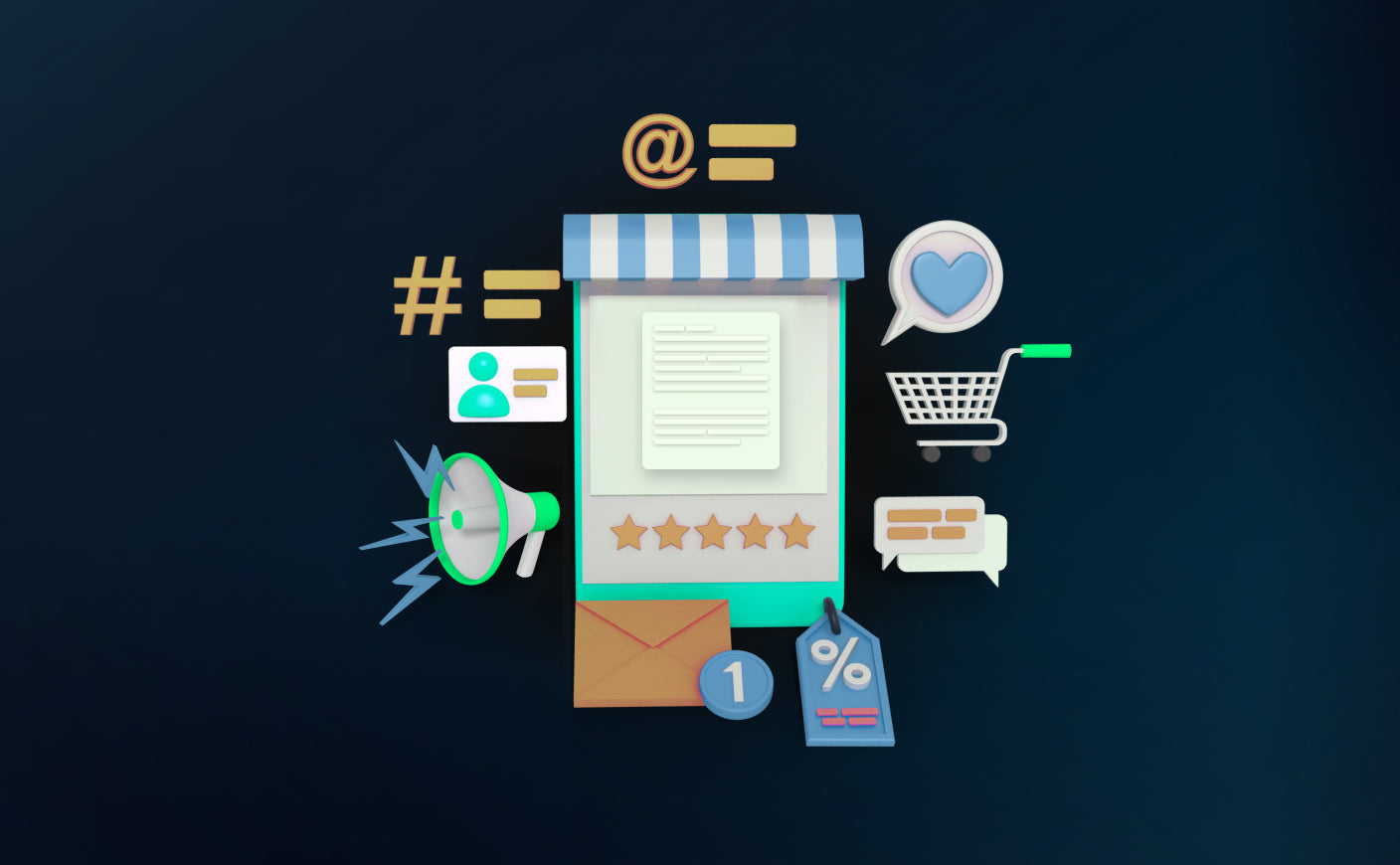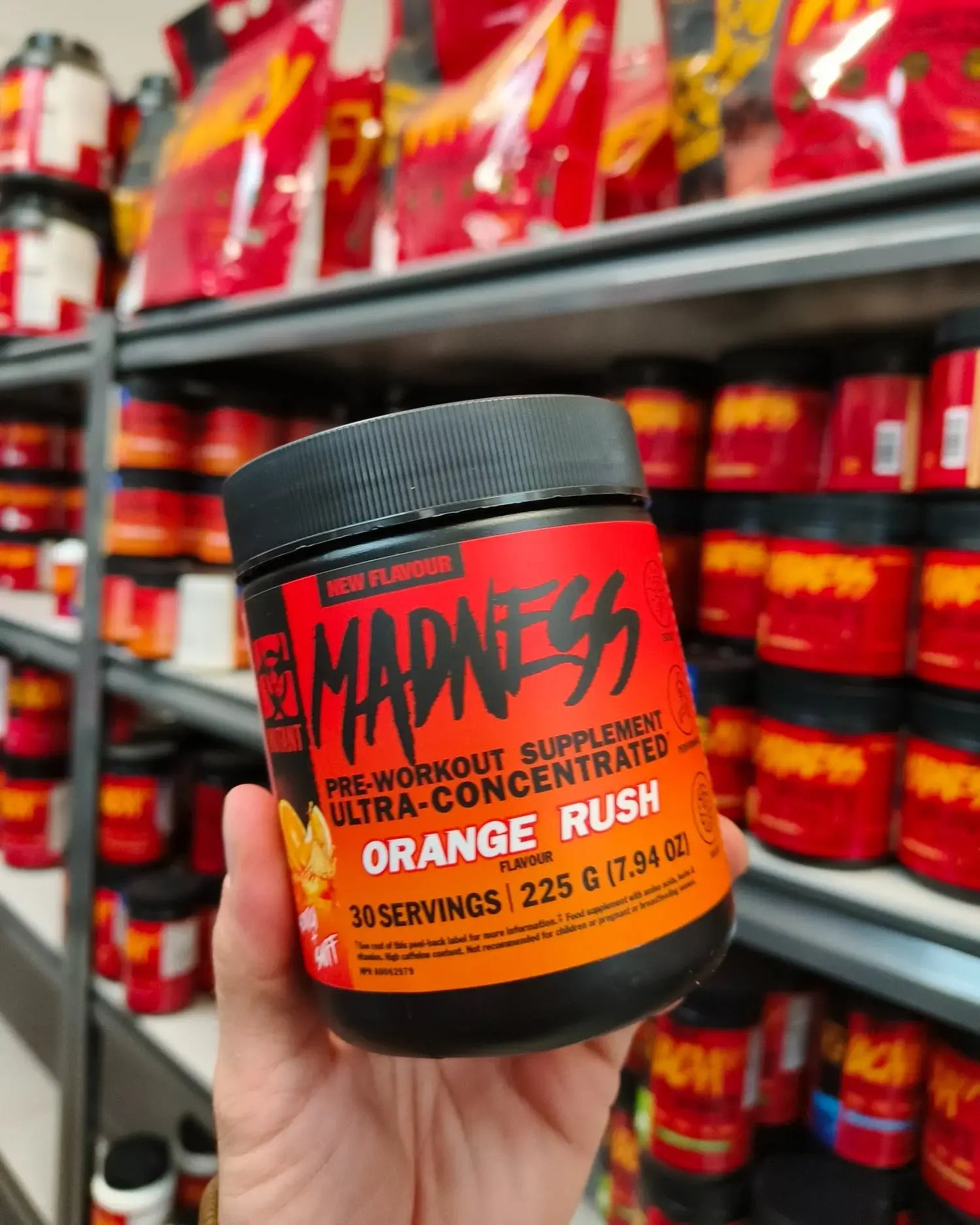Shopify Payments vs. Third-Party Gateways: Which One Wins?
shopify
shopify payment
third party gateway

It is common knowledge that you need a payment gateway to process online payments through your ecommerce store. In short, it is defined as the technology that collects a customer's financial information, passes it onto the processor, which then transfers money from the shoppers account to yours.
So, you see that a payment gateway is quite a crucial component of any online store.
Now Shopify, being one of the most popular ecommerce platforms, offers two options to a merchant - Shopify Payments vs. Third-Party Gateways.
Today we will go through each one of these in great detail to help you decide which one is the perfect choice for your business.
Ready? Let’s roll.
Table of Content
- Understanding Payment Gateway And Its Working Method
- Advantages of using Shopify payment gateway
- Advantages of using third-party payment gateway
- Shopify Payments vs Third Party Gateways : A Brief look
- Frequently Asked Questions
Understanding Payment Gateway And Its Working Method
When put in simple words, payment gateway is a kind of behind-the-scenes tech that ensures that your user’s info gets from their screen to your bank account, safely and securely.
So, what exactly happens when someone clicks "Buy Now"? Let's see.
First, the checkout process begins:
The users add their favorite items into the cart and then head over to the checkout page. This is where they start entering their bank details such as card number, expiration date and billing addresses. You’ll notice that this process often has an integration with a payment gateway such as PayPal, Shop Pay, or even Google Pay.
Now, the secure encryption comes into play:
Now, here’s where things get really important: security. When your customer enters their details, the payment gateway jumps into action and encrypts everything. This ensures that no one – not even hackers – can steal sensitive information while it’s traveling from your customer’s browser to your website.
The data goes over to the payment processor:
Once the encryption is done, the data now goes to the payment processor. You can think of this as the middleman who gets the ball rolling. It checks in with the customer’s card network, like Visa or MasterCard, to determine if the payment can go through.
Getting approval from the issuing bank:
The payment processor now forwards the payment request to the bank that issued the customer’s card. If everything looks good to the bank - the card is not fraudulent, the user has funds, and there are no fraud alerts - the bank approves the payment.
The payment gateway lets you know about the success or failure:
Once the bank sends its response, the payment gateway lets you know the status. If the payment is approved, the money is moved from your customer’s account into your merchant account. If something’s off – like insufficient funds or a flagged fraud alert – the payment gateway will let you know why it didn’t go through.
Using Shopify Payment Gateway - A Guide
If you have built your online store on Shopify, one of the easiest ways to manage your payment is by using Shopify payment gateway. Think of it as your one-stop shop for handling both online and in-person payments, all through a single platform.
The best part? Shopify Payments complies with the Payment Card Industry Data Security Standard (PCI DSS), which is just a fancy way of saying your customers' payment information is well-protected and kept safe from prying eyes.
Advantages of using Shopify payment gateway:
Compatible with multiple sales channels: It works very efficiently with Facebook, Instagram, and Google so you can easily take payments from anywhere.
Lower transaction fees: Shopify merchants need to pay very less fees for any transaction done which ultimately leaves them with more profits.
Easy to integrate: You don’t need any additional software or the help of any Shopify developer to set up this payment method.
Compliance with security standards: As mentioned above, it comes with PCI DSS compliant. So you can be rest assured that your user’s data is safe and secure.
Offers multiple payment options: This gateway accepts payments from multiple sources including credit card, Shop pay, buy now pay later, pay pal, and digital wallets.
Automatic deposits to business bank account: Shopify payments automatically deposits money from the admin panel to your business bank account for easy withdrawal.
Using Third-party Payment Gateway - A Guide
When you're setting up your Shopify store, choosing a third-party payment gateway like PayPal, Stripe, Adyen, Authorize.net, or Worldpay can make life a whole lot easier. These services are fast, reliable, and trusted worldwide. Whether it's for global sales or local payments, they offer the flexibility every merchant needs to grow their business.
Advantages of using third-party payment gateway:
Offers a global reach: PayPal, Stripe, Adyen, Authorize.net, or Worldpay supports international payments. Thus you can easily do cross-border commerce in multiple currencies, expanding your global customer base.
Secure Transactions: With advanced fraud detection systems, including AI-powered risk analysis and buyer/seller protection programs, these gateways ensure your transactions are secure.
No Setup Fees: Most gateways, like PayPal and WorldPay, don’t charge setup fees, making them cost-effective for merchants starting out.
Enhanced Customer Experience: Features like one-touch checkout (PayPal) and customizable payment forms (Authorize.net) improve customer convenience and satisfaction.
Security Features: High-end security features like tokenization, OmniShield, and advanced fraud prevention ensure your store’s payments are safe and trustworthy.
Customizable and Scalable: Most of these services are highly customizable and scalable, so they grow with your business needs.
Cost Comparison Between Shopify Payments And Third Party Gateways
Shopify payment fees:
- Shopify Basic Plan: 2.9% + 30¢ per transaction.
- Shopify Plan: 2.6% + 30¢ per transaction.
- Advanced Shopify Plan: 2.4% + 30¢ per transaction.
Stripe fees:
Stripe charges a standard payment processing fee of 2.9% + 30¢ for card and wallet transactions. Additional costs apply for manually entered cards (0.5%), currency conversion (1%), and payments made with international cards (1.5%).
PayPal fees:
PayPal charges a 3.49% fee on each transaction, along with a fixed fee of 49¢. For international transactions, there's an additional 1.5% fee, plus a specific cost based on the currency being used for the payment.
Adyen fees:
Adyen doesn't impose any monthly fees, but the transaction cost is influenced by the customer's issuing bank. Fees typically range from 3% to 12%, along with an additional charge of 13¢ per transaction.
Authorize.net fees:
Authorize.net pricing varies based on whether you opt for just the payment gateway or include a merchant account. For the payment gateway alone, there is a $25 monthly fee along with a 10¢ transaction fee and a 10¢ daily batch fee.
Shopify Payments vs Third Party Gateways : A Brief look
Before we get a brief overview of these two payment gateways, let us take a glance at some of the key statistics.
- 1.8 million merchants are now using Shopify Payments, driving about 90% of all shoppers on the platform.
- Shopify Payments' GMV grew from $32.76 billion in Q3 2023 to $42.90 billion in Q3 2024, reflecting a 31% year-over-year increase.
- Revenue from Shopify Payments rose from $106.1 billion in 2022 to $137.04 billion in 2023, a growth of 29%.
|
Feature |
Shopify Payments |
Third-Party Gateways |
|
Payment channels |
Works smoothly with Shopify and multiple sales channels (Facebook, Instagram, Google) |
Supports international payments and integrates with various platforms (PayPal, Stripe, Adyen, Worldpay, etc.) |
|
Transaction fees |
Lower transaction fees for Shopify merchants |
Transaction fees vary depending on the provider |
|
Integration |
Easy integration with no additional software required |
May require third-party apps or developer help for setup |
|
Security compliance |
PCI DSS compliant, ensuring secure transactions |
Offers high-level security features (AI fraud detection, tokenization, etc.) |
|
Automatic deposits |
Automatic deposits to your business bank account |
Depends on the third-party provider's features |
|
Global reach |
Available for use in countries where Shopify Payments is supported |
Supports international payments and multiple currencies |
|
Customization |
Limited customization options |
Highly customizable and scalable for different business needs |
|
Setup fees |
No setup fees |
Most third-party gateways have no setup fees but some may charge |
|
User experience features |
Simple user interface and checkout process |
Features like one-touch checkout and customizable payment forms for enhanced user experience |
So, Which One Should You Choose?
Choosing between Shopify Payments and a third-party payment gateway ultimately depends on your business goals, sales volume, and specific needs. Let’s break it down:
Go for Shopify Payments if:
- You want a simple, integrated solution that works smoothly with your Shopify store.
- You’re focused on lower transaction fees.
- You don’t want to hassle with additional setup or need a fast, easy integration.
- Security and compliance are important to you, as Shopify Payments meets PCI DSS standards to protect customer data.
Opt for a Third-Party Gateway if:
- You’re looking for a global reach and need to accept payments in multiple currencies from customers worldwide.
- You prefer more customization options and flexibility to tailor your payment process.
- You require specific features like one-touch checkout (PayPal) or advanced fraud protection (Stripe, Worldpay).
- You need scalability as your business grows and your payment processing needs evolve.
In the end, Shopify Payments is great for simplicity and efficiency, while third-party gateways offer more flexibility and advanced features. Consider what aligns best with your business model and customer experience goals!
Frequently Asked Questions
Which payment gateway is best for dropshipping?
For dropshipping, Shopify Payments is often the best choice due to its smooth integration, lower transaction fees, and easy setup. However, PayPal is also popular, offering global reach and buyer protection, making it ideal for international customers.
Which payment method is most successful?
The most successful payment methods are typically credit/debit cards, followed by digital wallets like PayPal, Apple Pay, and Google Pay. These methods offer convenience, security, and widespread acceptance, making them popular choices for online and in-store payments.
Is Shopify payments expensive?
Shopify Payments is generally cost-effective, with lower transaction fees compared to third-party gateways. However, fees vary depending on your Shopify plan. There are no setup or monthly fees, making it an affordable choice for most Shopify merchants.
CrawlApps
At CrawlApps, we don’t just build Shopify stores—we create experiences that sell. We’re a bunch of problem-solvers who love turning ideas into stores that actually converts. Whether it’s fixing what’s broken or building something from scratch, we make sure every detail works in your favor. No fluff, no jargon—just real solutions that help your business grow. If you’re serious about Shopify, you’ll feel right at home with us.



